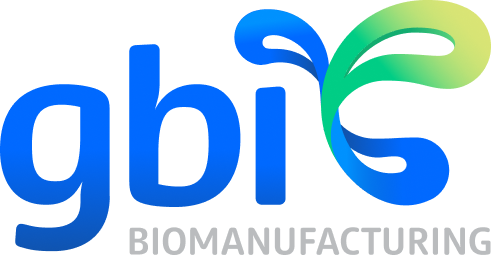Muctarr Sesay
Journal of Nuclear Medicine June 2024, 65 (supplement 2) 242122;
https://jnm.snmjournals.org/content/65/supplement_2/242122
Abstract
242122
Introduction: This presentation will discuss the complexities of antibody-chelator conjugates (ACCs) and will present case studies pertaining to the utility of random versus site-directed conjugations with multiple linker-payloads. The resulting ACCs have applications in the Theranostics and other radio nuclide medical arenas [Ref 3].
Abstract:
The studies demonstrate that:
• Site-directed conjugates produce more homogenous conjugates at a lower average PAR (payload antibody mole ratio) than random conjugation.
• Site-directed conjugation resulted in improved binding to target cells when compared to random conjugation.
• Conjugates were designed with scale up, compliance, and process economics for human clinical trial considerations .
• Site-directed conjugation is applicable to any antibody-linker payloads with the appropriate chemistries and reactive groups.
Methods: A hallmark of this presentation pertains to the utilization of site-directed conjugation to generate thiols (-SH) through the selective reduction of the disulfide bond with a non-sulfhydryl reagent at the hinge region of monoclonal antibodies. This is followed by the conjugation of a maleimide-chelator linker as the intermediate product and followed by radio labeling with an appropriate radio nuclide for Theranostic and other radionuclide medical applications.
Results: • Two classic examples of site-directed conjugation have been studied in vivo in murine models. In one study [Ref 1], we first tried a random conjugation strategy, but unfortunately, the increased levels of the chelator resulted in a loss of binding capacity to both the human aspartyl (asparaginyl) β-hydroxylase (HAAH) recombinant protein and to tumor cells. We then utilized our proprietary, site-directed approach and achieved a conjugation efficiency of about 93%. The resulting ACC demonstrated structural intactness and a preserved immunoreactivity toward HAAH. Also, the biodistribution in 111In-DPTA-PAN-622 antibody, the level of cancer cell internalization, and the pathological investigation revealed that the weight of the primary breast cancer tumors was significantly (p=0.04) less than the untreated murine model.
• In the second study [Ref 2], we applied our proprietary site-directed conjugation technology to another IgG1 antibody [2]. The resulting maytansine conjugate displayed good binding to the TF-Ag expressing cancer cell lines in vitro and in a murine model, showed good internalization and cell killing ability in triple negative breast cancer tumors.
Conclusions: Engineering Bioconjugate to meet your needs
• More homogeneous conjugates
• Site-Directed Conjugates produce more homogenous conjugates at a lower average Payload : Antibody mole Ratio than Random Conjugation.
• Improved binding to target cells
• Site-Directed Conjugation resulted in improved binding to target cells when compared to the Random Conjugation.
• Process created with scale up, compliance, and process economics for human clinical study considerations
• Site-directed conjugation is applicable to any antibody-chelator (or linker) payload with the appropriate chemistries and reactive groups
References
• Revskaya E, et al. A radiolabeled fully human antibody to human aspartyl (asparaginyl) β-Hydroxylase is a promising agent for imaging and therapy of metastatic breast cancer. Cancer Biotherapy and Radiopharmaceuticals. 2017; 32(2) 57-65.
• Tati S, et al. Humanization of JAA-F11, a highly specific anti-Thomsen-Friedenreich pancarcinoma antibody and in vitro efficacy analysis. Neoplasia. 2017; 19(9): 716-733
• Sesay, M. “Theranostics Manufacturing Solutions” Pharma’s Almanac. 29 August 2022
